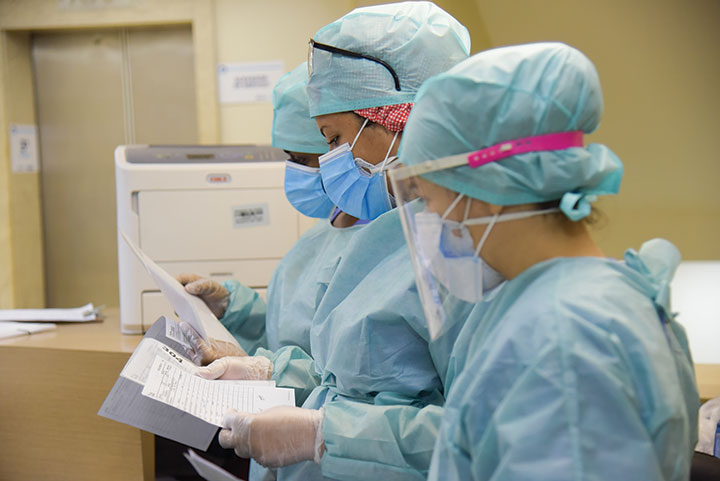By combining bioactive peptides, researchers have successfully stimulated wound healing in an in vitro and in vivo study. The studies, published in PLoS ONE, show that the combination of two peptides stimulates growth of blood vessels and promotes tissue re-growth of tissue. Further research into these peptides could potentially lead to new therapies for chronic and acute wounds.
The researchers evaluated a newly-created peptide, UN3, in pre-clinical models with the goal of simulating impaired wound healing as in patients suffering from peripheral vascular diseases or uncontrolled diabetes. They discovered that the peptide increased the development of blood vessel walls by 50%, with an 250% increase in blood vessel growth, and a 300% increase in cell migration in response to the injury.
Lead researcher Tatiana Demidova-Rice, PhD, a graduate of the cell, molecular and developmental biology program at the Sackler School of Graduate Biomedical Sciences explained:
“Using double-blinded in vivo experiments, we then applied the wound-healing peptide UN3 with a peptide created during a previous study, named comb1. We found that, together, the two out-performed all control groups, including the only FDA-approved growth factor-containing drug for treating diabetic wounds, becaplermin.”
Herman and Demidova-Rice discovered several peptides from a Clostridium histolyticum collagenase treatment of bio-synthesized extracellular matrix in December 2010 and subsequently singled out key peptides from which they created the peptide, comb1, which has several strategic features, such as the ability to stimulate angiogenesis by increasing blood vessel growth by 200% in vitro.
UN3, the second wound-healing peptide they discovered in the current study, was created and modified from two naturally occurring peptides, which typically occur in trace amounts found in human platelet-rich plasma.
Ira Herman, PhD, professor of molecular physiology and pharmacology at Tufts University School of Medicine and director of the molecular and cellular physiology graduate program at the Sackler School of Graduate Biomedical Sciences as well as director of the Center for Innovations in Wound Healing Research at Tufts University explained:
“The confirmation that these peptides could act synergistically to improve human wound healing moves our research one significant step closer to clinical application. We hope that someday soon, we may be able to help transform the way in which wound care is being delivered in civilian and combat settings. The wound-healing peptides should also prove strategic as we continue developing ‘smart’ devices or fully-vascularized living tissue constructs for burn patients or those patients suffering with diabetic plantar or venous stasis ulcers. Clinical trials using the peptides will be the next step.”
Tufts University has filed patent applications for the wound-healing peptides.

















